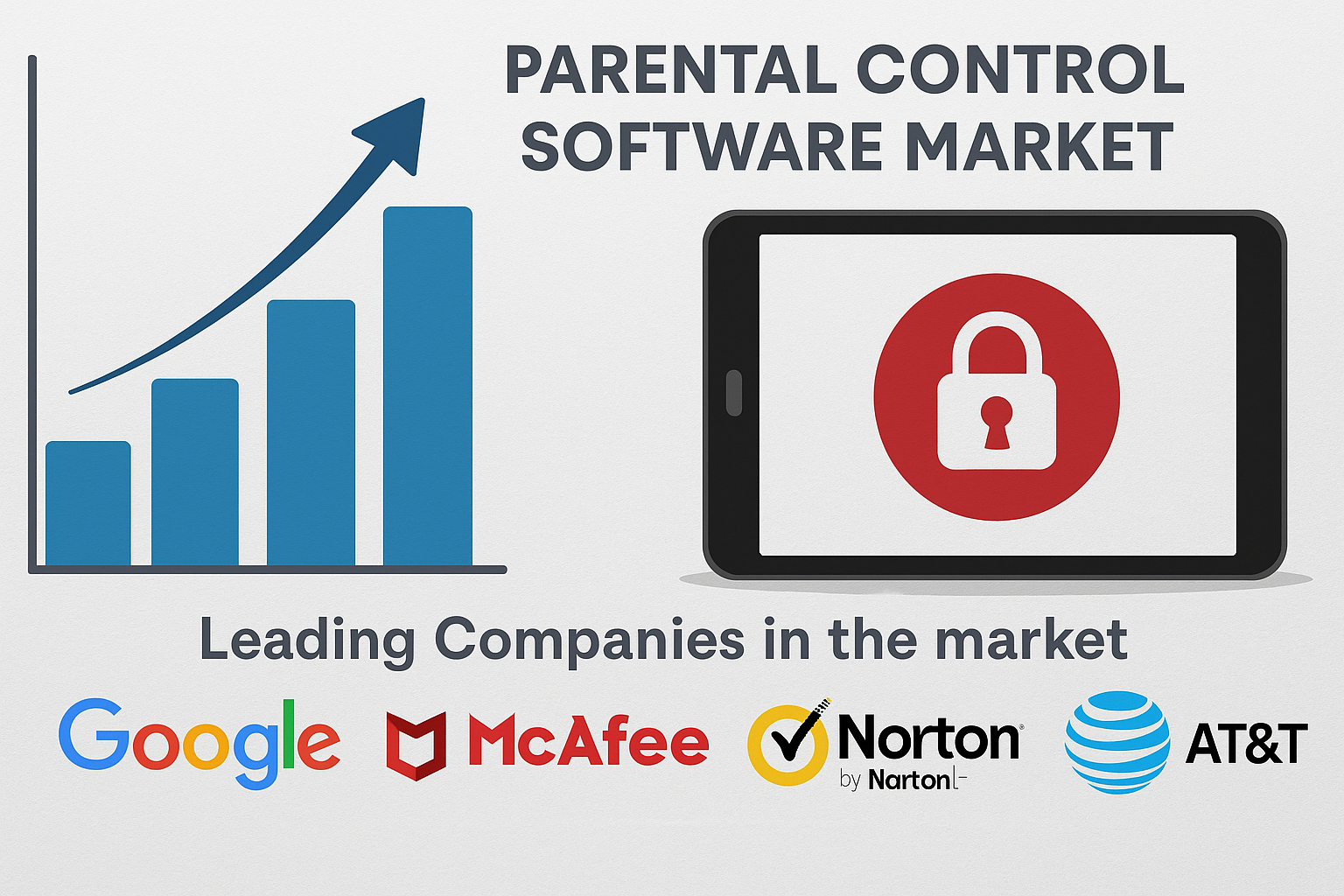Parental Control Software Market Definition & Estimation
In 2024, the Parental Control Software Market size was estimated at a valuation of approximately USD 1.29 billion. Forecast models—based on a historical data set from 2019–2024—suggest the sector is poised to nearly double in size, reaching around USD 2.38 billion by 2032, representing a compound annual growth rate (CAGR) of approximately 7.92% between 2025 and 2032.
The global parental control software market encompasses digital tools and applications that enable parents or guardians to monitor, regulate, and manage children’s online behavior. These solutions typically include features such as website and app blocking, screen‑time scheduling, AI‑powered content filtering, geolocation tracking, activity reports, and real‑time alerts. They span deployment across multiple platforms (e.g. Windows, Android, iOS), and can be delivered on-premise or via cloud-based services.
Growth Drivers & Opportunities
Several key forces are fueling this market’s expansion:
-
Digital Device Proliferation
-
Rising adoption of smartphones, tablets, and PCs among children creates demand for comprehensive monitoring solutions across multiple devices.
-
-
Online Safety Concerns
-
Increasing exposure to cyberbullying, violent or explicit content, and online predators has led parents to seek real‑time supervisory tools.
-
-
Regulatory Support
-
Privacy and protection regulations (e.g. GDPR, COPPA) have incentivized both households and educational institutions to deploy compliant monitoring technologies.
-
-
Technological Advances
-
AI and machine-learning enhancements empower more accurate content filtration, real-time behavioral monitoring, and predictive risk alerts.
-
Opportunities Ahead:
-
Integration with IoT and home networking hardware (e.g. routers).
-
Expansion into educational and enterprise settings for remote learning management.
-
Customizable family bundles and subscription-based services.
Segmentation Analysis
The market is organized into several insightful sub-segments:
-
By Operating System:
-
Windows leads in terms of market penetration, appealing to families via built‑in parental control modules that block content, manage screen time, and monitor activities.
-
Android and iOS segments are growing rapidly, driven by mobile-centric usage among teens.
-
-
By Deployment Mode:
-
Early adopters primarily relied on on-premise installations; however, cloud-based solutions are gaining significantly due to scalability and cross-device oversight ease.
-
-
By Application Type:
-
Residential use dominates, though increasing educational and enterprise deployments present a fast-emerging growth frontier.
-
Country-Level Analysis
Across geographies, the market shows regional concentrations and trends:
-
North America commands the largest share, buoyed by high digital device usage, parental awareness of cyber risks, and supportive regulation.
-
Europe trails closely, influenced by GDPR’s child privacy mandates.
-
Asia-Pacific is the fastest-developing region—onboarding more families and schools amid rising concern over digital addiction.
-
Other regions (Latin America, Middle East & Africa) are gradually catching up as internet penetration deepens.
Country-level leaders include:
-
USA & Canada – longstanding digital safety culture and strong regulations.
-
EU member states – early GDPR compliance frames market growth.
-
China & India – surging smartphone penetration yields expanding opportunity.
Competitor Analysis
Key market participants are innovating rapidly. Standout profiles include:
-
NortonLifeLock
Offers Norton Family Premier with real-time monitoring, web filters, screen-time limits, and location tracking. -
Kaspersky Safe Kids
Delivers advanced monitoring for PCs and mobile, integrating safe search and social network notifications. -
Qustodio
Features cross-platform compatibility, AI-driven insights, and CIPA-compliant filters suitable for schools. -
McAfee Safe Family, Bark Technologies, ESET, Bitdefender, Panda Security, F-Secure, Webroot, Securly, and Net Nanny round out the competitive landscape—each emphasizing distinct strengths such as ease-of-use, AI content filtering, or institutional implementation.
Recent mergers—such as Gen Digital’s acquisition of Avast—highlight strategic consolidation aimed at strengthening cybersecurity portfolios and expanding offerings.
Conclusion
With children’s digital presence rising across devices and platforms, the global parental control software market is undergoing a strong upward trajectory. Powerful drivers—digital safety concerns, device proliferation, regulatory frameworks, and AI innovation—offer robust support. Established firms and niche innovators alike are competing on features and deployment models, with emerging regions and institutional adoption presenting fertile growth ground. This forecast signals an opportunity-rich period for developers, cybersecurity firms, and policy-makers to deliver solutions that protect minors while respecting privacy and digital autonomy.



